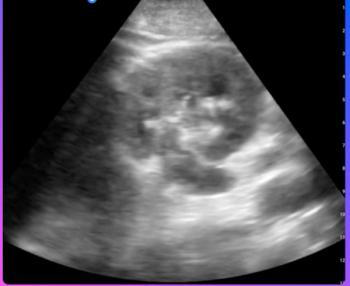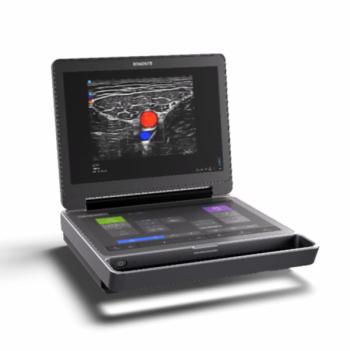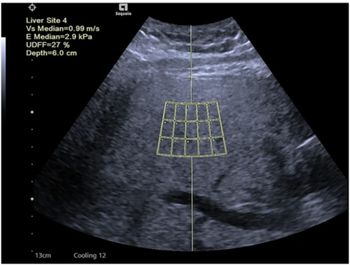
Contrast-enhanced ultrasound diagnoses small renal lesions
Solid renal parenchymal lesions with a diameter of 5 cm or less can be difficult to diagnose, requiring irradiation and biopsy. Catching renal cell carcinoma in early stages before tumors grow larger than 7 cm, however, increases a patient’s chances of survival over five years. Researchers in China have found that contrast-enhanced ultrasound can accurately diagnose these small lesions.
Solid renal parenchymal lesions with a diameter of 5 cm or less can be difficult to diagnose, requiring irradiation and biopsy. Catching renal cell carcinoma in early stages before tumors grow larger than 7 cm, however, increases a patient's chances of survival over five years. Researchers in China have found that contrast-enhanced ultrasound can accurately diagnose these small lesions.
Dr. Li Fan and colleagues in the ultrasound department at the Shanghai Jiaotong University Affiliated First People's Hospital studied 71 patients with a total of 72 solid renal parenchymal lesions with a maximum diameter of 5 cm. They published their findings in the June issue of the Journal of Ultrasound in Medicine.
Each patient received conventional as well as contrast-enhanced ultrasound exams with a sulfur hexafluoride contrast agent and the cadence contrast pulse sequencing mode. Three observers blinded to the final diagnoses of the lesions reviewed these exams, and their conclusions were compared with results from definitive exams.
Ultimately, 44 of the solid renal parenchymal lesions were diagnosed as renal cell carcinomas, confirmed with pathologic exams. There were 24 renal angiomyolipomas, two hypertrophied columns of Bertin, one oncocytoma, and one renal abscess. All of these diagnoses were confirmed with pathologic, CT, MRI, and follow-up exams.
The researchers found that hypertrophied columns of Bertin were easily diagnosed using contrast-enhanced ultrasound. Renal angiomyolipomas were usually homogeneously enhanced with hypoenhancement in the arterial and late phases.
Renal cell carcinomas were best identified with hyperenhancement in the late phase, 30 to 90 seconds after the contrast agent was injected. This technique was 96.4% specific and 77.3% sensitive. Heterogeneous enhancement of the lesion also suggested renal cell carcinoma.
Some benign lesions did appear similar to hypovascular renal cell carcinomas, but with the high sensitivity and specificity of contrast-enhanced ultrasound, the researchers concluded it could be a useful test for diagnosing small solid renal parenchymal lesions.
Newsletter
Stay at the forefront of radiology with the Diagnostic Imaging newsletter, delivering the latest news, clinical insights, and imaging advancements for today’s radiologists.




























